Dear Mike,
please find attached a QSL card to thank you for having taken part in the D-Sat mission. Your support has been truly appreciated!
Sincerely,
Alessio, IU5CRE
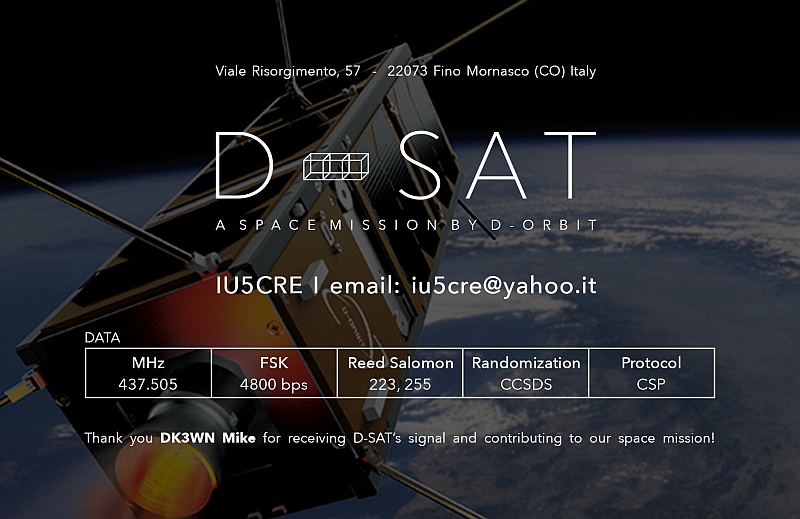
Dear Mike,
please find attached a QSL card to thank you for having taken part in the D-Sat mission. Your support has been truly appreciated!
Sincerely,
Alessio, IU5CRE

09:15 UTC
U2-DSAT-U2 8.25V
U2-DSAT-U2 8.27V
U2-DSAT-U2 8.22V
D-Sat has concluded its mission, proving that D-Orbit Decommissioning Device (D3) is a flight-ready technology that can be integrated into the next-generation satellites. All subsystems, onboard sensors, and actuators have been working perfectly throughout the mission, and all three experiments — DeCAS, Atmosphere Analyzer, and SatAlert — produced remarkable scientific contributions.
In D-Sat’s design for redundancy, critical software, manufacturing, flawless orbital performance, and flight-worthiness of D3, we have achieved most of our mission’s key objectives: the goal of a direct and controlled decommissioning, however, was not achieved.
During the final phase of the mission, D-Sat successfully fire-tested the onboard D-Orbit Decommissioning Device (D3). The satellite moved into an elliptical orbit with a different inclination, compliant with orbital debris regulations. All objectives related to motor ignition and operation process were achieved, and the change in orbital parameters confirmed that the motor produced the expected thrust. Our team was able to re-acquire the signal of the satellite after the maneuver, and collect further data for analysis.
According to a preliminary analysis, the cause for the missed reentry of the satellite is related to the interface between the D3 and the small satellite: the alignment of the motor with the spacecraft’s center of gravity resulted to be outside the designed tolerance. While we had put in place strategies to mitigate this outcome, we knew we had little margin to play with considering that the D3 installed onboard was designed for satellites one order of magnitude bigger.
As in any space mission we had to make a tradeoff that included a calculated risk, i.e. by not installing a thrust vector control for the solid propellant motor because it would have been not suitable for the volume available in such a small satellite. The same D3 installed into a bigger satellite would allow a sufficiently reasonable misalignment tolerance between the motor and the spacecraft’s center of gravity. The adoption of a thrust vector control will also remove the tolerance issue.
We are proud of the work of our team, which is currently collecting further data.
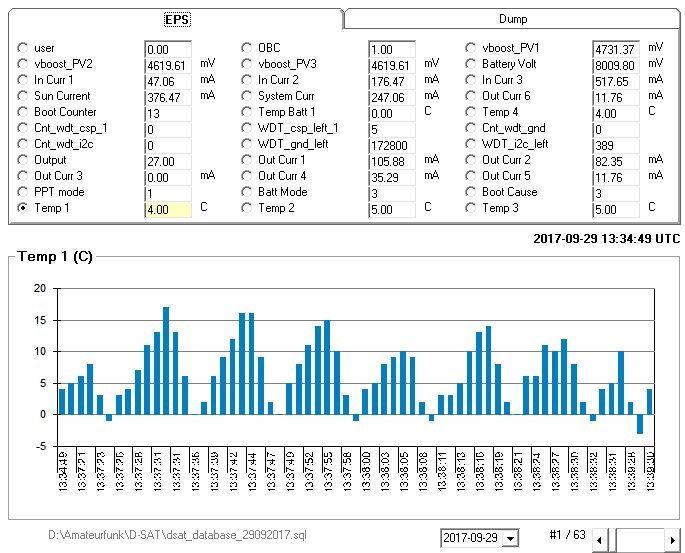

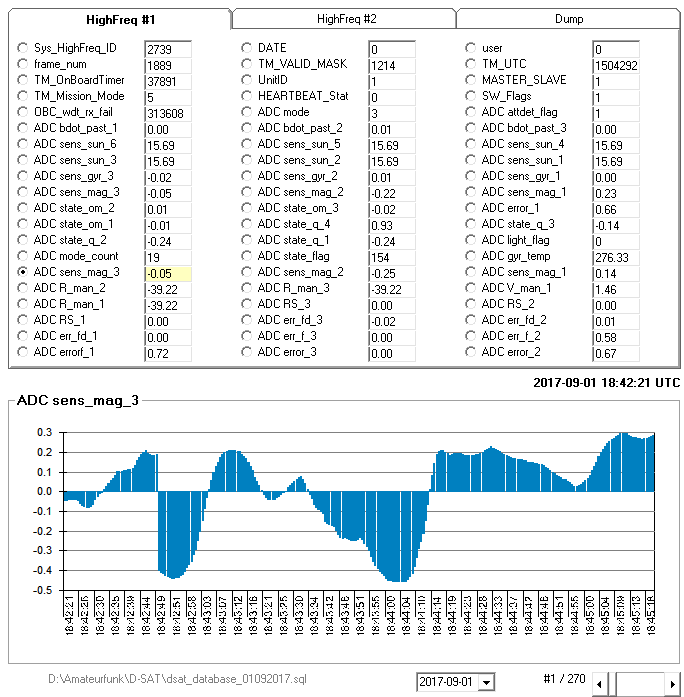
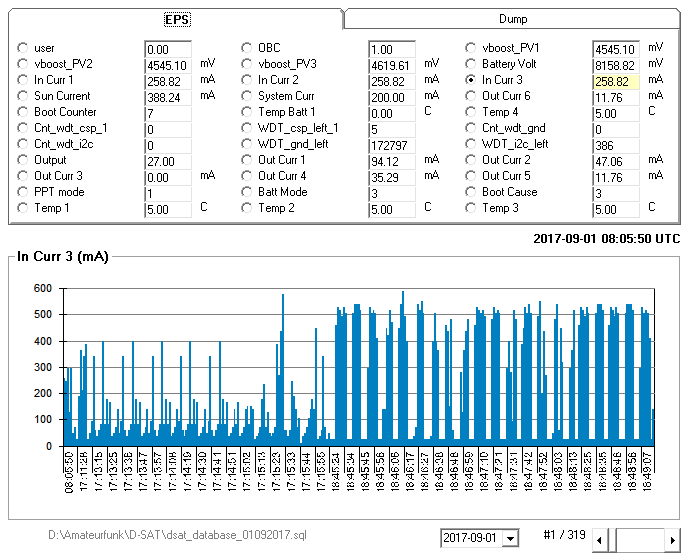
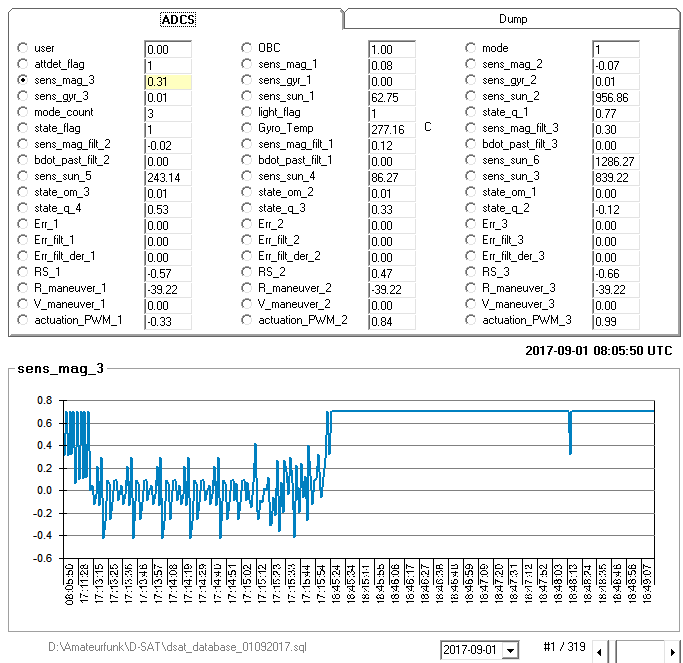
RECEIVED SAE MESSAGE: Data Size = 149
sae example:
14 0E B0 01 1E 94 C0 C8 B0 50 F4 00 02 31 46 3E 8D 33 46 42 8D 33 30 2B 00 00 07 90 44 65 43 41 53 20 61 6C 65 72 74 20 6D 73 67 2D 74 65 73 74 3A 20 44 53 41 54 20 69 6D 70 61 63 74 20 61 72 65 61 20 20 36 31 C2 B0 20 32 30 27 20 34 38 27 27 20 4E 2C 20 32 35 C2 B0 20 31 31 27 20 30 27 27 20 45 2C 20 52 61 64 69 75 73 20 75 70 20 74 6F 20 31 20 6B 6D 20 6F 6E 20 32 30 31 37 2D 30 38 2D 33 31 20 61 74 20 30 38 3A 35 36 3A 32 32 20 55 54 43 2E
sae_msg_size=149
Sae message saved to file Sae_msg_rcvd/sae_msg_rcvd_EPOCH_1504169598.sae
Message_type = 4
Protocol_version = 1
Print SAE MAMES
MessageID = 235
Alert ProviderId = 1
Notification Area Latitude, Nord-Sud = 0
Notification Area Latitude, deg = 61
Notification Area Latitude, min. = 20
Notification Area Latitude, sec. = 48
Notification Area Longitude, East-West = 0
Notification Area Longitude, deg = 100
Notification Area Longitude, min = 44
Notification Area Longitude, sec = 5
Notification Area Longitude, radius = 0
Message Priority = 15
NHT 1 = 4
Issuer = 2
Category = 3
NHT 2 = 1
Message Validity starts from 31/8/17 at 8:52:51
Message Validity ends at = 1/9/17 8:52:51
NHT 3 = 3
Language Id = 43
Message Length = 149
The ALERT MESSAGE is:
DeCAS alert msg-test: DSAT impact area 61° 20′ 48” N, 25° 11′ 0” E, Radius up to 1 km on 2017-08-31 at 08:56:22 UTC.



retransmission – image timestamp: Sunday, 27-Aug-17 22:29:31 UTC

retransmission – image timestamp: Monday, 28-Aug-17 01:54:50 UTC

image timestamp: Monday, 28-Aug-17 01:54:50 UTC
